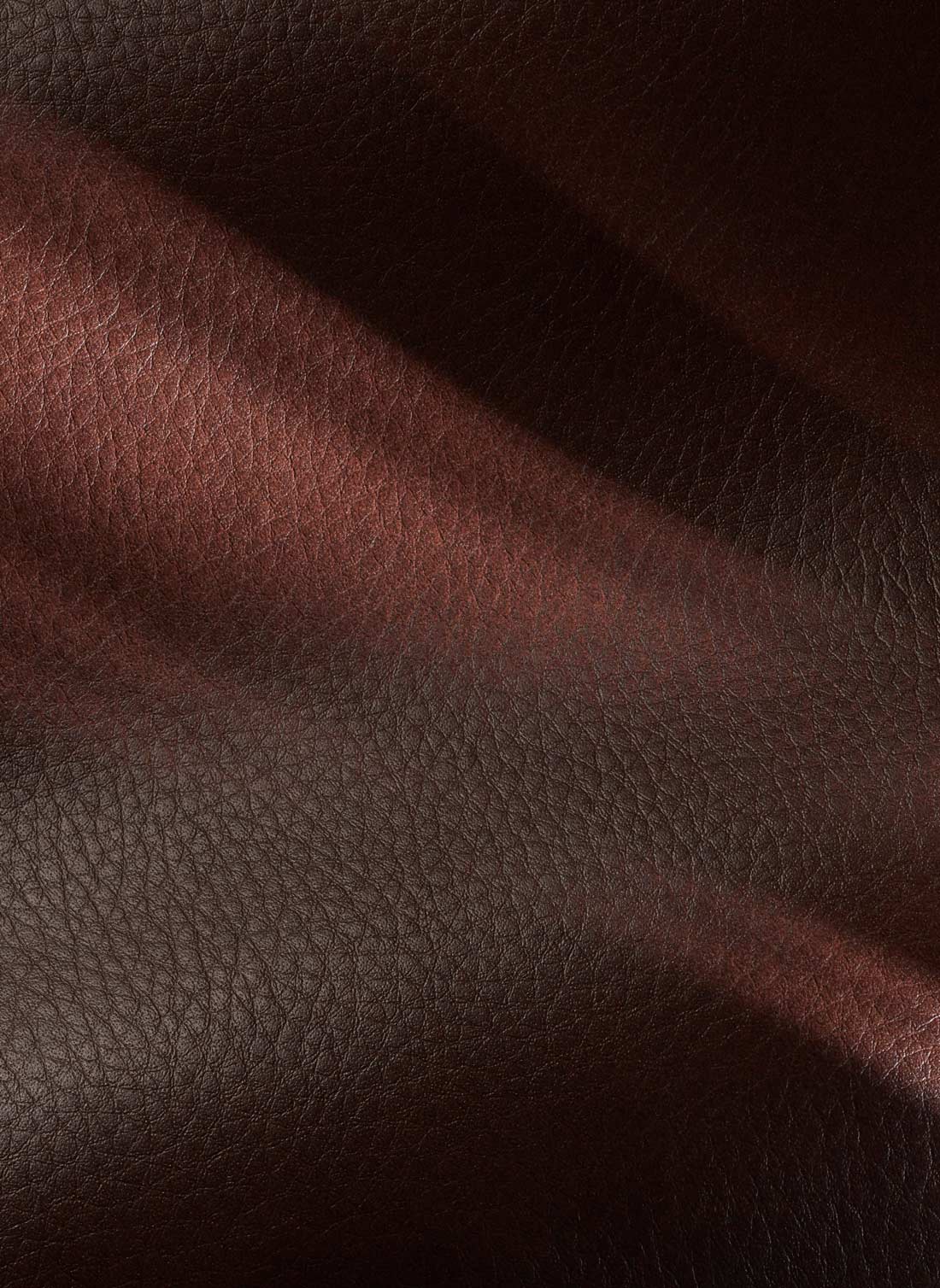
Mazda MX-30
CLOSE ENCOUNTERS

Mazda MX-30
CLOSE ENCOUNTERS
We examine the sustainable materials Mazda is introducing into its cars, starting with the new, all-electric MX-30
Story Graham Hope / Photography Andy Barter
“CORK IS A NATURAL MATERIAL THAT HELPS TO CREATE A LOOK WHICH IS UNIQUELY MAZDA“
HERITAGE CORK
The idea of using cork in a car’s cabin may seem fanciful, but it actually makes perfect sense when trying to minimise the effect on the environment. Cork comes from the bark of cork oak trees, so it can be collected from the same trees again and again. The environmental footprint of the cork Mazda uses is reduced further by utilising leftovers from the production of cork stoppers for wine bottles. By developing a special coating that accentuates cork’s natural characteristics, and creating a method for simultaneously moulding a mixture of cork and base materials, the warmth and beauty of the material is complemented by an in-built durability.

In a nod to Mazda’s founding as the Toyo Cork Kogyo Co. Ltd. in 1920, the all-new Mazda MX-30 uses cork around the floating centre console
“CORK IS A NATURAL MATERIAL THAT HELPS TO CREATE A LOOK WHICH IS UNIQUELY MAZDA“
HERITAGE CORK
The idea of using cork in a car’s cabin may seem fanciful, but it actually makes perfect sense when trying to minimise the effect on the environment. Cork comes from the bark of cork oak trees, so it can be collected from the same trees again and again. The environmental footprint of the cork Mazda uses is reduced further by utilising leftovers from the production of cork stoppers for wine bottles. By developing a special coating that accentuates cork’s natural characteristics, and creating a method for simultaneously moulding a mixture of cork and base materials, the warmth and beauty of the material is complemented by an in-built durability.

In a nod to Mazda’s founding as the Toyo Cork Kogyo Co. Ltd. in 1920, the all-new Mazda MX-30 uses cork around the floating centre console
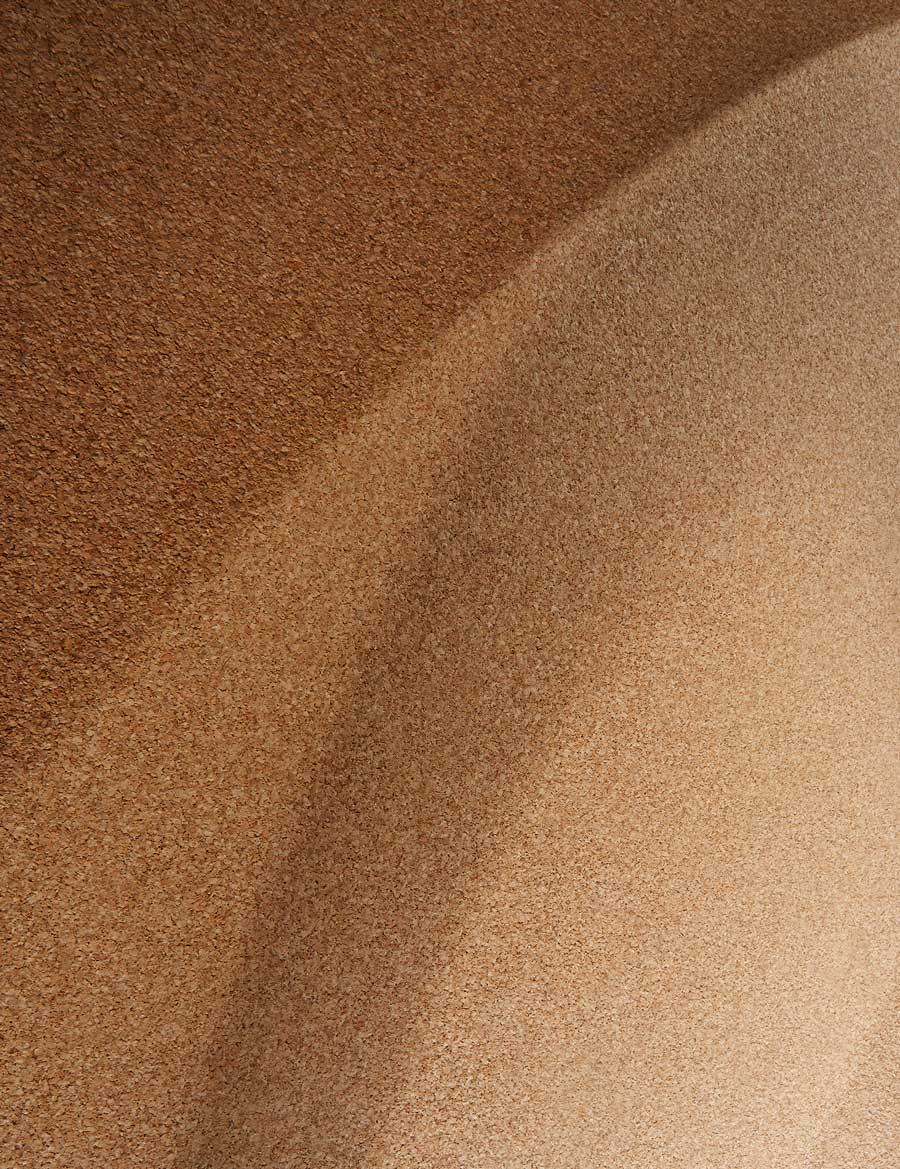

“RECYCLED PLASTIC BOTTLES PROVIDE THE THREADS FOR A ‘BREATHING’ FABRIC”
BREATHING FABRIC
Plastic waste is a global concern, but by using recycled bottles made from polyethylene terephthalate (PET for short), Mazda has created ‘breathing’ fabric that can be used in a car’s cabin. The term ‘breathing’ refers to the texture – like human breathing, it is uneven and warm, and the fabric looks like it is suffused with air. In some respects it is similar to washi, Japanese paper, which is made from intertwined fibres. Washi provides the design inspiration for this non-woven fabric, which can be intricately shaped while giving a unique look and feel for a classic, stylish finish.
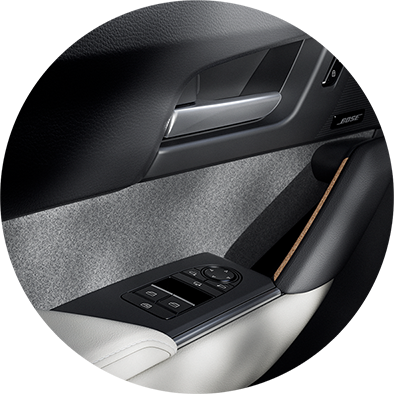
The material that lines the inner door frame of the all-new Mazda MX-30 is composed of recycled plastic threads
“RECYCLED PLASTIC BOTTLES PROVIDE THE THREADS FOR A ‘BREATHING’ FABRIC”
BREATHING FABRIC
Plastic waste is a global concern, but by using recycled bottles made from polyethylene terephthalate (PET for short), Mazda has created ‘breathing’ fabric that can be used in a car’s cabin. The term ‘breathing’ refers to the texture – like human breathing, it is uneven and warm, and the fabric looks like it is suffused with air. In some respects it is similar to washi, Japanese paper, which is made from intertwined fibres. Washi provides the design inspiration for this non-woven fabric, which can be intricately shaped while giving a unique look and feel for a classic, stylish finish.

The material that lines the inner door frame of the all-new Mazda MX-30 is composed of recycled plastic threads
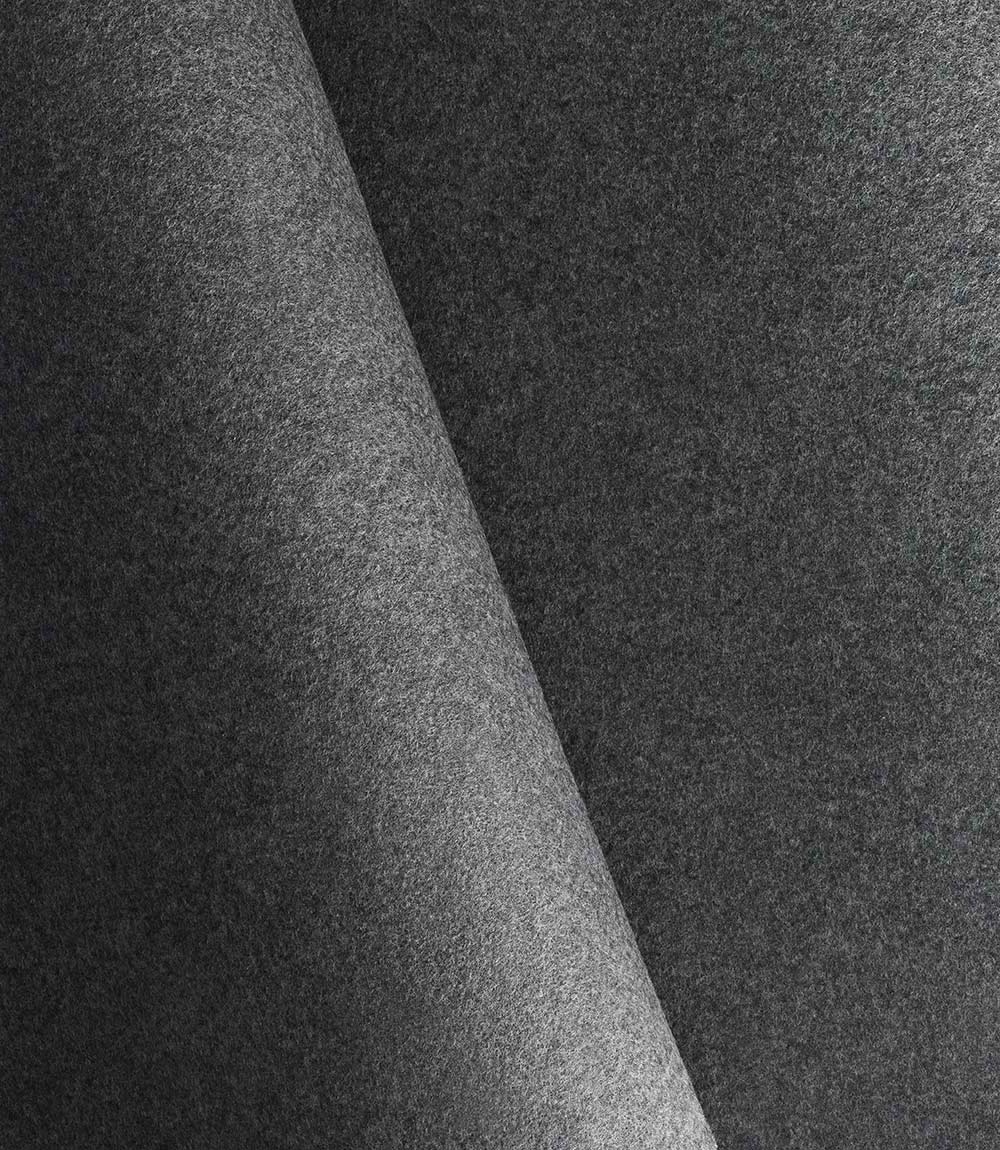

“BY NOT USING ORGANIC SOLVENTS, THE FAUX LEATHER REDUCES ENVIRONMENTAL IMPACT”
PREMIUM VINTAGE LEATHERETTE
Traditionally, faux leather has been perceived as an inferior alternative to real leather, but Mazda is now challenging this way of thinking with a fresh approach. On its latest Premium Vintage Leatherette, top-quality vegan leather is used for the base of the material and printed with a classic vintage leather pattern. This is then finished with a carefully measured silicon coating that gives it a sense of depth and texture, ensuring it is satisfying to touch. As the material isn’t created from living things and almost no organic solvents are required in its production, the overall environmental impact of the process is significantly reduced.
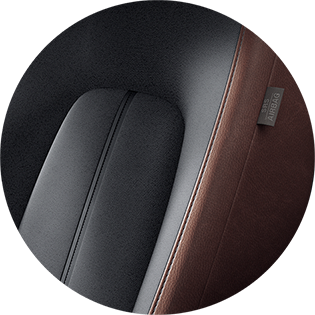
The premium faux leather material used in the MX-30 provides the high-quality finish you would expect of Mazda
“BY NOT USING ORGANIC SOLVENTS, THE FAUX LEATHER REDUCES ENVIRONMENTAL IMPACT”
PREMIUM VINTAGE LEATHERETTE
Traditionally, faux leather has been perceived as an inferior alternative to real leather, but Mazda is now challenging this way of thinking with a fresh approach. On its latest Premium Vintage Leatherette, top-quality vegan leather is used for the base of the material and printed with a classic vintage leather pattern. This is then finished with a carefully measured silicon coating that gives it a sense of depth and texture, ensuring it is satisfying to touch. As the material isn’t created from living things and almost no organic solvents are required in its production, the overall environmental impact of the process is significantly reduced.

The premium faux leather material used in the MX-30 provides the high-quality finish you would expect of Mazda
